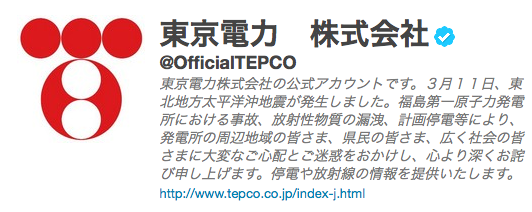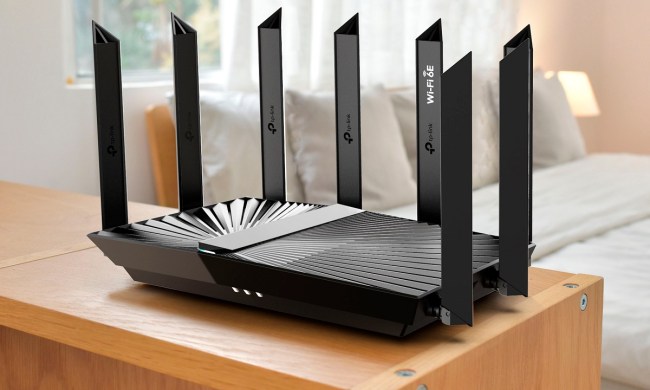 Japan’s Tokyo Electric Power Company (TEPCO) launched a Twitter account late on Thursday to give the public updates on conditions of the nuclear reactors that were damaged in last week’s 9.0 magnitude earthquake. Less than a full day after launching, the account has already amassed over 194,000 followers.
Japan’s Tokyo Electric Power Company (TEPCO) launched a Twitter account late on Thursday to give the public updates on conditions of the nuclear reactors that were damaged in last week’s 9.0 magnitude earthquake. Less than a full day after launching, the account has already amassed over 194,000 followers.
“We sincerely apologize for causing serious worries and trouble over the accident at Fukushima No.1 Nuclear Power Plant, radiation leak, planned blackouts,” TEPCO’s Twitter profile reads in translation.
While TEPCO’s account profile specifically says it will post updates on the damaged nuclear reactors, a quick look through the tweets its posted so far (translated through Google Translate) doesn’t turn up any updates on their conditions. All seven of TEPCO’s updates seem to provide information on scheduled rolling blackouts aimed at conserving energy.
Twitter has proven to be particularly popular in Japan. In a study published last year, the micro-blogging site easily beat out Facebook to become the nation’s second-most visited social network.
Even as Japan suffered physically from the effects of the quake and tsunami, its Internet infrastructure proved remarkably resilient, with only a small fraction of its online connections affected. Just after the quake struck, Google launched its People Finder tool to help displaced victims reconnect with their friends and loved ones.
Several U.S. wireless providers have extended offers of free calls and text messages from the U.S. to Japan. And group-buying site Living Social announced earlier today that it would for a limited time be matching $5 donations made to the American Red Cross’s Japan Earthquake and Pacific Tsunami fund.


